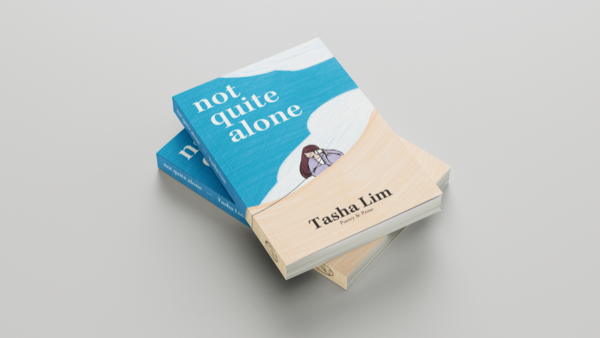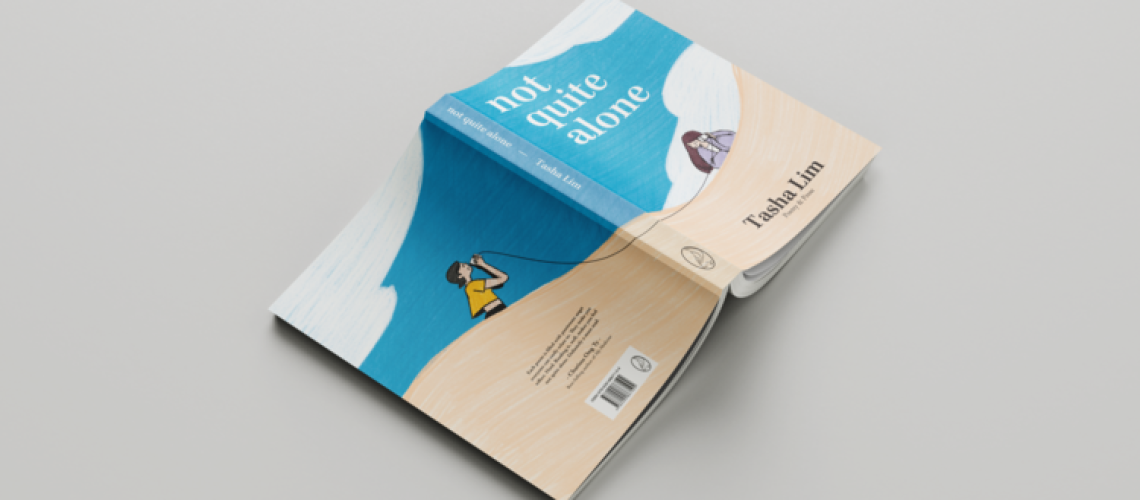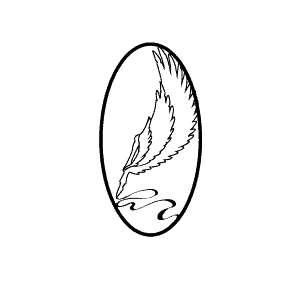In the realm of creative partnerships, the fusion of distinct talents often births captivating narratives that inspire and ignite the imagination. The story of Tasha Lim and Michelle, two individuals whose lives intertwined during their high school days in Penang, is a tale of shared experiences, complementary skills, and a passion for creativity that has flourished over the years. Despite their day jobs—Tasha as a lawyer and Michelle as a graphic designer— they have embarked on a unique venture that beautifully harmonizes their interests and passions into their debut poetry and short story book, “Not Quite Alone”. Through this article, we delve into their fascinating interview, uncovering the nuances of their creative collaboration and gaining insight into how their distinct professional backgrounds contribute to the harmonious synergy that fuels their joint creative pursuits. From Tasha’s poetry writing endeavors to Michelle’s boundary-pushing illustrations, their collaborative journey showcases the transformative power of friendship and creative exploration.
Note: This interview has been edited for length and clarity.
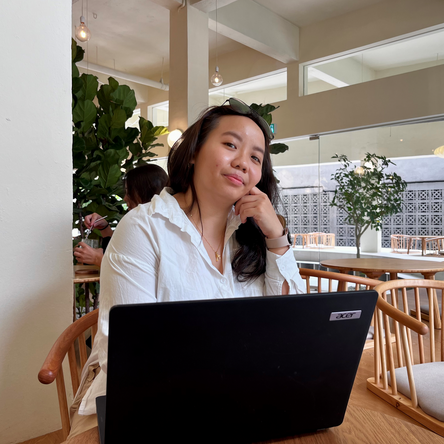
1. The poetry book is set to debut soon! Can you tell us a little about the inspiration behind the title and the overall theme of the book?
Tasha Lim: I hope that the title itself will be self-explanatory. But really, it’s just to tell people that the emotions that you will read or find in the book are emotions that are foreign to you, and you will come to realize as you read along that you’re not the only person that’s going through all these emotions and all these problems that you find in the book, and out of this whole big universe, you’re really not quite alone. Unlike the typical love poems that you get in one full book, you’re going to get a range of emotions in this book. Emotions like love, complete disappointment, and anger—the exhaustion of life. You’ll find all kinds of poems in this book.
2. Readers have a sneak peek at your beautiful illustrations through social media. Can you tell us about the process of translating Tasha Lim’s poetry into visual art? How did you decide which poems to illustrate and what style to adopt?
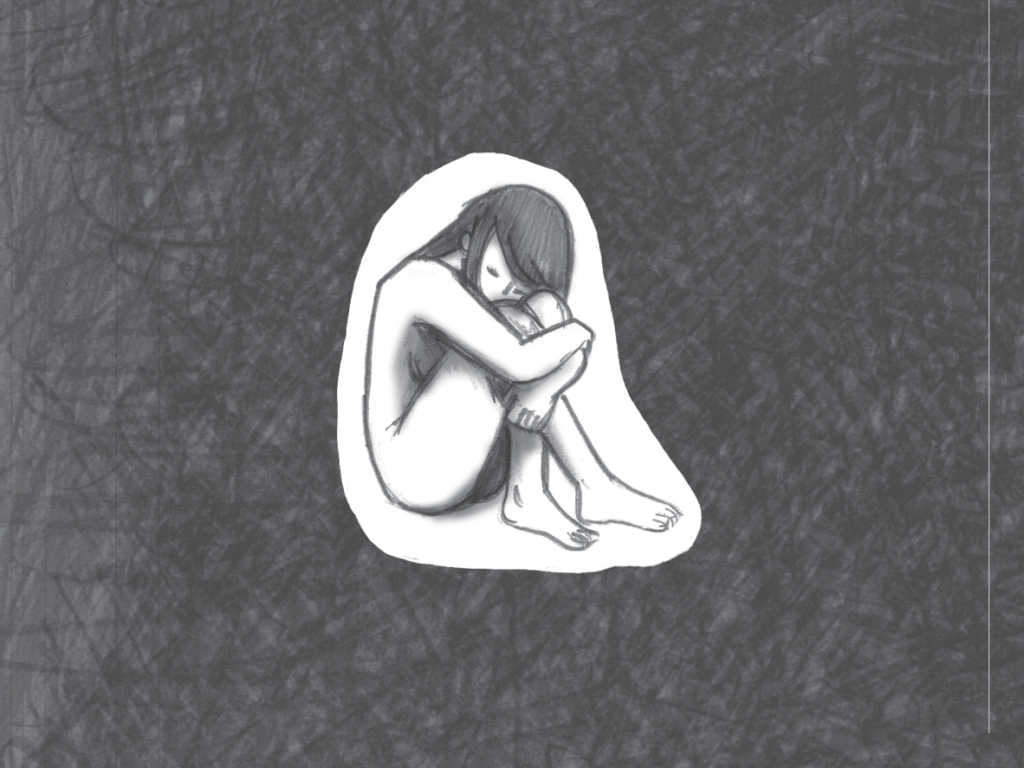
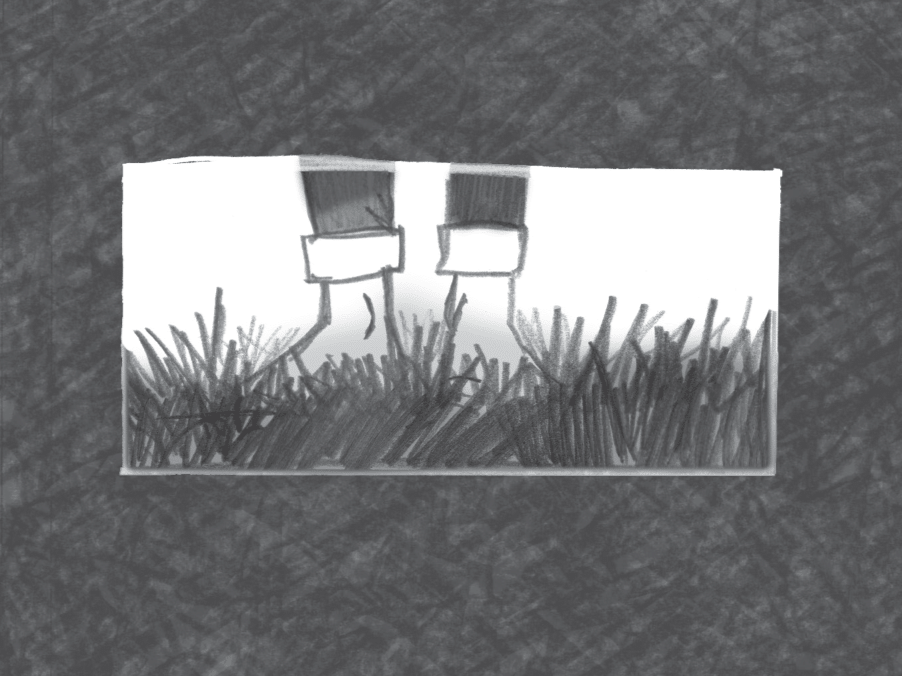
“I want to be more independent when it comes to illustrating.”
Michelle: There were art styles that I’ve always liked. And I wanted to develop myself towards that kind of art style. So, working on Tasha’s book was an opportunity for me to experiment. And also challenge myself to finally draw after so many years of working as a graphic designer. To finally draw for myself as well as be more independent when it comes to illustrating. How we really decided on the illustration process was based on the content and also the reading experience of the book’s arrangement.
3. Poetry often reflects personal experiences and emotions. How much of your own life and feelings have you incorporated into the poems in this book?
“Sometimes people don’t really know how to express their emotions. I’m just sharing them through the book.”
Tasha Lim: I want to leave it to people to guess, but certainly there is a fair amount of personal experience and personal emotions, as well as emotions from other people. When you meet up with your friends and hang out, they’re going to tell you stories about their work, their lives, and their love lives. So sometimes they don’t really know how to express it. You can just complain the way that you want to complain, but passing that information and then actually putting it down in writing is difficult. But for me, I think I’ve captured that in some of the poems. So some of it is really not about me. Some of these are from other people that I experienced through what they told me, and I’m just sharing them through the book.
4. Illustrations can add a new layer of meaning to a text. How did you ensure that your artwork complemented and enhanced the emotions and themes conveyed in Tasha’s poems?
Michelle: If you read some of Tasha’s poems, you will notice that they usually fall between emotionally driven poems, or you’ll notice that these poems have scenes in them. Because there’s always a storytelling element in some of the poems. The scenes are like everyday life situations or scenes from movies or anime, too. Though there are other poems, they’re actually better left on their own, especially emotional driven ones, because they’re like your own internal monologue or thoughts on certain topics and leave it to the reader to kind of figure it out on their own. Because I think the concern that we have is that if I illustrate too much, then we’re limiting the reader’s experience as well, because they’re going to think of a certain way only as opposed to living it through the creativity of their own self and imagination. Other ways that we thought of enhancing emotions in readers were by changing certain things, which readers can only see once they buy the book.
5. Your book covers a range of emotions and themes. Could you share a bit about your creative process when selecting and organizing the poems? How did you strike a balance between different tones and subjects?
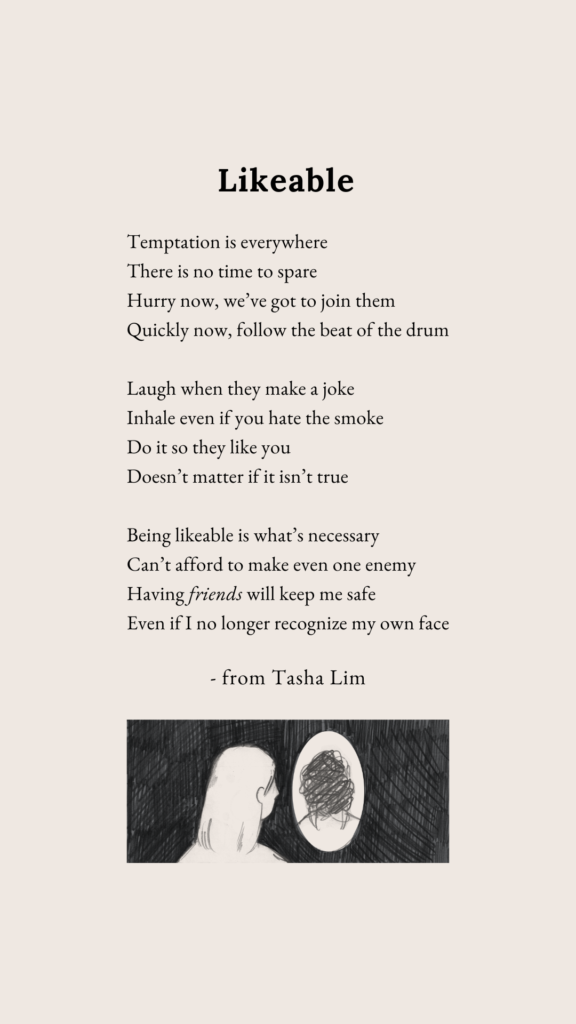
Illustration by Michelle Ling
“It’s actually a story book with poems…”
Tasha Lim: The whole process started out super random. I just typed whatever poems I thought would pass for the book in the first round. I compiled everything using Google Docs because I’m very traditional, as I wrote my poems on paper. Afterwards, I passed the document to Michelle for her to rearrange because she was reading it for the first time. So she arranged it for that first round. And then when I got it back, I thought it would pass, but at the same time, I thought maybe I should make an effort to rearrange because I’m not sure this would meet the ultimate reading experience. So I printed all the papers out, and then I put them all on the floor. The whole living room was filled with my poems at one point, with red tape everywhere for Stage 1, Stage 2, and the rearrangement process going on for the whole night. I forced my boyfriend to read along as well, as I needed more validation for the final arrangement, which is the current version that readers will read when they buy the book.
“Hopefully, by the end of it, there will be a little bit of hope.”
When you follow the journey in the book, it starts out very lighthearted, peaceful, and calm, like life is right, and suddenly things go wrong. Because that’s just life too. And hopefully, by the end of it, there will be a little bit of hope. Hopefully, it will give you some inspiration that life isn’t really all that dark. If I had to put it that way, it’s actually a story book with poems in different scenarios, different settings, and all kinds of things that you will find. I think the poems had to be strong for me. The emotions that were put forward, whether it was love, disappointment, or rage, came out strong. So, as you read, you will at least find one poem that you resonate with very strongly.
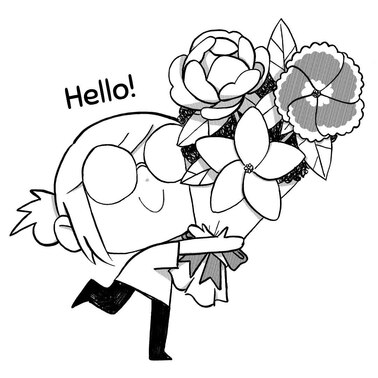
6. Your illustrations have a unique style that captures the essence of the poems. Were there specific techniques or mediums you used to bring out the emotional depth of the poetry?
Michelle: Tasha gave me full control when it came to illustrating the poems. And to be honest, I don’t really have a style, like a personal style, like most artists do. Instead, what I did was more like curating a certain art style and a certain medium. For this book, I illustrated using pencils, which were made from graphite. Personally, it’s best suited for the book because It can definitely show that certain parts are more optimistic, and parts are very dark, and it’s all conveyable through pencil drawings. So when you draw by hand, for instance, scribbling chaotically, you can tell.
“I think it’s the most raw form of drawing and illustrating.”
Because you can even control the shade or pressure to show the visual meaning of the poem. One of the reasons for using pencil drawings is because we wanted the book to be entirely black and white. And this provides an opportunity to experiment with this idea as well, because I really wanted to further explore and work with abstract and more creative compositions to illustrate or visualize certain scenes from Tasha’s poems.
7. Each reader might interpret poems differently. What do you hope readers will take away from the book after reading it? Is there a specific message or feeling you want to convey?
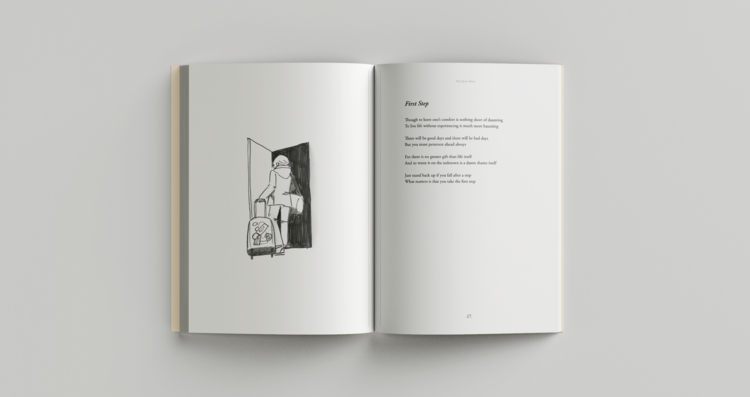
Illustration by Michelle Ling
Tasha Lim: I think the main purpose of the book is for anyone to pick it up, read it, and feel whatever emotions they’re feeling or have felt at one point in their lives. That you shouldn’t be an outcast if you feel that way.
“You’re entitled to feel things, and you have the right to feel love and be loved. And to also love other people, whether it’s good or bad within you.”
The problem in this society is that I think society pushes people to be too optimistic. Everyone always has to be happy. Everyone always has to put up with things and tolerate other people because it’s all for the sake of “peace”. But at the same time, when you’re doing that, you’re neglecting yourself. We are rejecting the not so positive emotions that you’re feeling, and if you actually express them, people assume that you’re weird. Like, what’s wrong with you? You should see a therapist because you’re moody or depressed. But what’s wrong with feeling depressed? There must be a reason why we feel it. We are born to feel certain things in life. So whoever reads it, I just really want you to understand that you’re really not quite alone in all these aspects.
8. Art has the power to evoke emotions and connect with readers on a different level. How do you envision readers responding to the combination of poetry and illustration in the book? What do you hope they’ll take away from this experience?
Michelle: Later on in the book, when you see some scenes or some illustrations, they are basically quite personal experiences, not just for us but also for some other people, to which everyone can relate. And it’s not something that people other than you would experience because it feels like you’re experiencing these situations on your own. And it makes you feel lonely.
In the end, what we want readers to feel is that they’re not alone. You’re not alone when you sit in the car for an hour after work, just contemplating life and being tired. Because there are some things where you do feel very alone, but probably people around you are experiencing the same thing and are just so isolated in their own minds. So when we have moments like this visualized from the illustrations, there’s a sense of relief when they read it.
9. This will be the first debut poetry book for the both of you, introducing Tasha’s unique voice to the literary world and Michelle’s visual interpretation, which plays a prominent role in conveying the poem’s emotions. From both of your perspectives, how do you think the combination of Tasha’s poetry and your illustrations distinguishes this book from other poetry collections, and what new dimensions does it bring to the reader’s experience?
Tasha Lim: I must admit that poetry illustrations are not uncommon. There are illustrated poetry books. I think the difference is that for some illustrated poetry books, the poets themselves are the illustrators. In this book, it’s different because it’s totally separated; I’m the poet while Michelle is the illustrator. I have no idea how to draw anything at all. I can draw a simple stick bird with one line. Anything more complicated is when people like Michelle come in.
Another difference is that Michelle is technically the first reader for everything. Not even my cat has seen the poems. So Michelle is the one who has the first read, and she will be the first person to integrate everything else other than what I’ve envisioned. So when a person reads it, it will show you that the poet might have one perspective on seeing things through the poems—the original meaning or intentions. While the illustrator will show different perspectives and meanings from the illustrations.
Whether or not the reader feels or agrees with what the illustrator or poet has done, that’s up to the person. In the end, it again shows that one emotion can be interpreted in so many ways. And there are so many ways to experience a certain emotion. It just shows that you’re really not alone in feeling that emotion, even though the scenario might not be the same.
As you read through the book, you will realize that this whole experience is common to everybody; it’s a journey, and it’s a part of life. So, you shouldn’t be too sad and depressed, because we can do it together.
Michelle: As the saying goes, there’s always light at the end of the tunnel. Bad days don’t stay bad forever. Another thing about our book that I think really distinguishes it from others is that it’s not an entirely white book with black text. As I said, we wanted this to be quite experimental, and we really just took this opportunity to test other things, such as other ways we could enhance the reading experience.
We had an amazing experience talking with Penwings 5th Author, Tasha Lim, and illustrator, Michelle Ling. It was an honor to interview them and get to know them more in-depth about their process in creating their debut poetry book. Their debut poetry book is set to be released on October 28 2023! Pre-orders will be open from our website store two weeks prior to the release date to secure a signed copy of Not Quite Alone by Tasha Lim. Stay tuned for more updates on our Instagram, and turn on post notifications so you won’t miss any updates.
